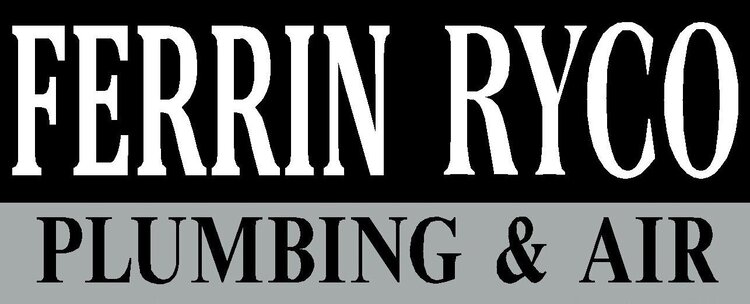Backflow issues at commercial and residential buildings can be health hazards.
A lethal gas in a building in Mississippi is the latest example of what can happen when there is backflow.
The building owner entered the unoccupied building and noticed a smell. A report was filed with the local fire department and the responding team was able to make the building safe again.
Investigators believe a chemical made its way into the sewer lines creating the toxic gas, which then entered the unoccupied building as a backflow situation through a sink.
What Is Backflow?
Toxic gas backing up into a building is one example of potential backflow issues, but backflow can occur in many other ways.
Backflow is generally referred to as the reversal of a liquid or gas in a plumbing system.
Most issues for the public occur with backflow resulting in contaminated drinking water. If you look up backflow issues online you’ll probably find references to “potable” water. That means drinking water.
There have been backflow issues in the past with drinking water. Chemicals, sewage and other contaminants have found their way into drinking water causing health issues for those that count on the fresh water.
What Causes Backflow?
In a residence or commercial building water generally flows one way. This normal flow is usually driven by consistent pressure in the water and waste system.
Anything that changes the normal pressure in the system can lead to backflow.
Fire hydrant use or malfunction can reverse the normal pressure in the system on a city line, but backflow can occur in a number of different ways.
Sometimes backpressure might be caused by someone using a garden hose and submerging the end of the hose in a pool of liquid. If pressure is lost the flow could reverse and contaminants could be released into the drinking water.
Anytime there is a connection between contaminants and the drinking water there is potential for a backflow issue. Sometimes these connections are not immediately obvious like the garden hose connecting to a building’s drinking water supply.
Backflow Regulations
The Environmental Protection Agency (EPA) provides guidelines and regulations for state and local governments regarding backflow. State and local governments also have their own guidelines and regulations for backflow prevention.
Arizona has its own backflow regulations.
Due to issues with backflow in the past, regulations require backflow preventer devices to be used in nearly all residential and commercial buildings.
A backflow preventer is a device that prevents backflow as cross-connection points where potential backflow issues may occur.
While backflow is not a common occurrence, preventers are in place to make sure there is no contamination should something malfunction or go wrong with a building’s water supply.
Backflow Testing
Arizona and other states require regular backflow testing or backflow preventer testing.
There is a list of steps to follow when checking the system. Because plumbing systems are exposed to normal wear and tear, it’s a good idea to have regular check-ins on your property. Federal, state and local law also requires regular backflow testing.
We work with property managers that like to stay on top of their plumbing systems. They see the potential harm and damage that can happen with backflow issues and they have us come out to test their systems to make sure everything is working.
This testing also ensures the property management company and its properties meet all regulations.
Do you have questions about backflow and backflow testing?
Contact us today and ask about our backflow testing procedure.


